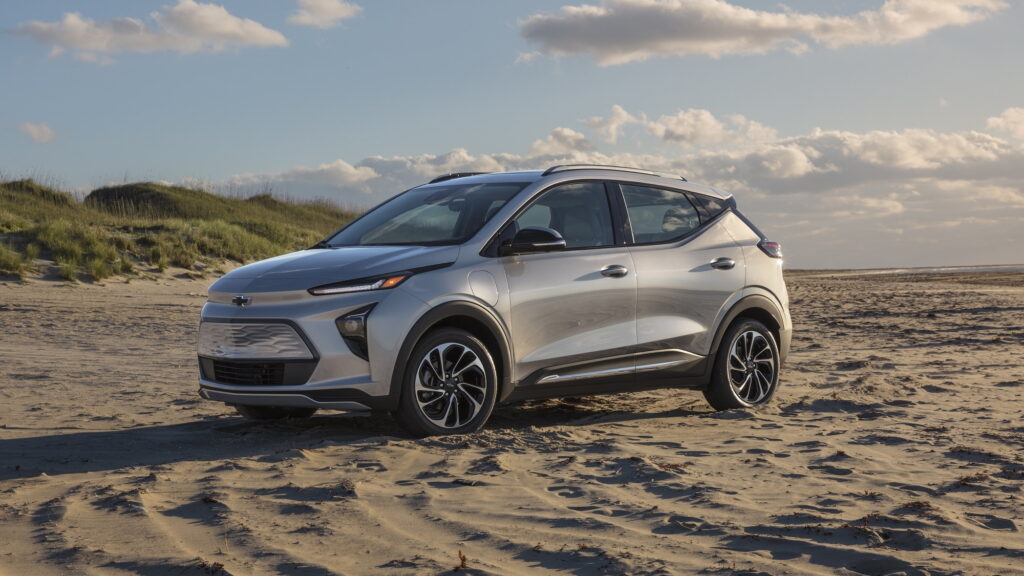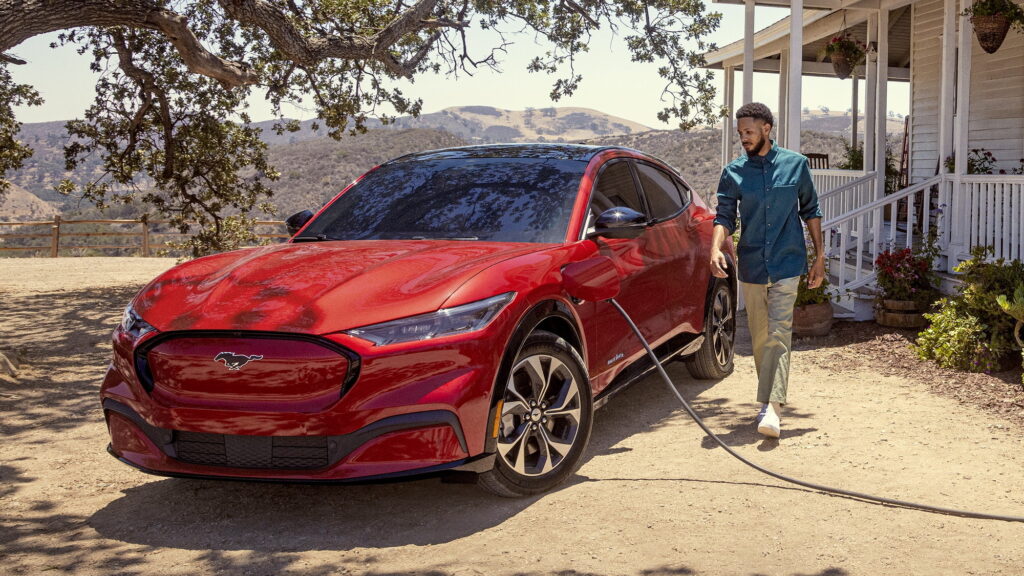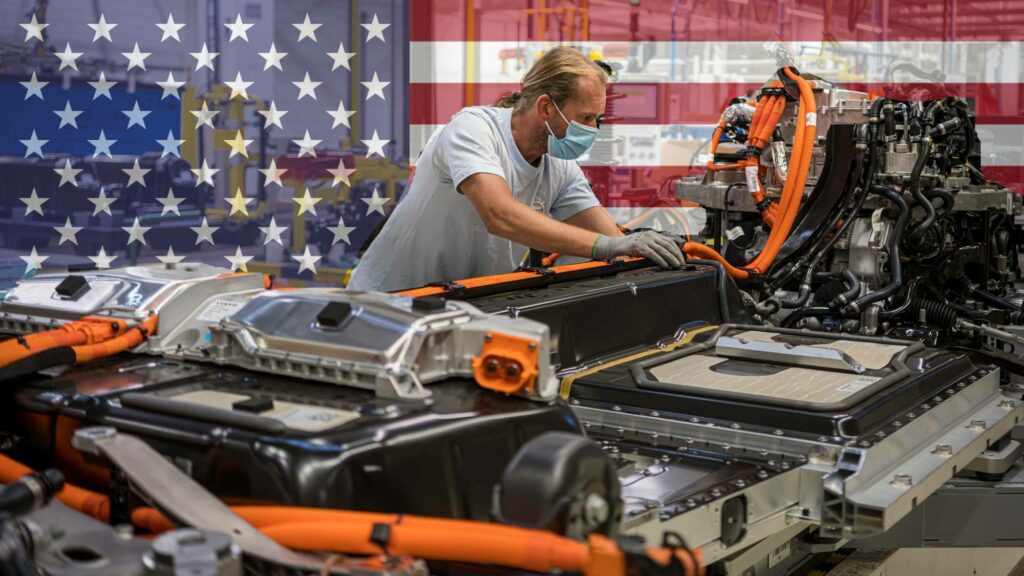Starting in April, electric vehicles sold in the U.S. will have to have 50 percent of the value of their batteries assembled in North America, and 40 percent of the minerals contained therein sourced from a friendly country, in order to qualify for $7,500 in tax credits.
The battery sourcing and assembly rules are part of the Inflation Reduction Act (IRA), which offers tax breaks on clean vehicles. In an effort to incentivize the adoption of electrified vehicles, the federal government will give up to $7,500 in tax credits to consumers purchasing a new electric car with an MSRP of $55,000 or less, or an electric SUV with an MSRP of $80,000 or less.
However, that amount will only be given to vehicles whose batteries abide by sourcing rules designed to show preference for domestic (and friendly) industry. Those rules were introduced as part of the IRA, but legislators left it to the Treasury Department and the Internal Revenue Service to figure out the nitty-gritty details.
More: IRS Changes EV Tax Credit Vehicle Classifications: Here’s The New List Of Qualifying Cars

Today, they have revealed the specific battery component and mineral sourcing requirements that vehicles must meet in order to qualify for all $7,500. However, vehicles that satisfy just one of these requirements are still eligible for $3,750 in tax credits.
Battery Components
In order to satisfy the battery component requirements, a given percentage (below) of the battery’s value has to be manufactured in North America. To determine values, the Treasury says that it will identify what components are assembled in North America, the incremental value of each component, the total incremental value of all battery components, and finally it will calculate how much of that total comes from North America.
Critical Minerals
Slightly more complex is the concept of critical mineral sourcing requirements. To qualify for these, a given percentage of the critical minerals (lithium, nickel, cobalt, etc.) contained within the batteries must be sourced from the United States, or a country with which it has free trade. Alternatively, the minerals can come from a recycling plant in North America.
The Treasury says that to determine which countries are considered in this category, it looked at which ones have reduced or eliminated trade barriers on a preferential basis, committed to refrain from imposing new barriers, and eliminated restrictions on exports to the U.S. More simply, it has determined that the following countries qualify:
Australia, Bahrain, Canada, Chile, Colombia, Costa Rica, Dominican Republic, El Salvador, Guatemala, Honduras, Israel, Japan, Jordan, Korea, Mexico, Morocco, Nicaragua, Oman, Panama, Peru, and Singapore.
The Treasury says that these new rules are currently being filed for public inspection, and will be published on April 17. That means that vehicles registered after April 18 will be subject to these newly established rules.





